Body Image
Body image refers to the way a person feels about his/her personal appearance. People have differences in their personal appearances; some of these differences are in terms of:
- Size/shape of the body
- Height
- Race/ethnicity
- Color of the skin, eyes and hair
Some of these differences may be valued while others may not. For example, being tall may give a male more prestige among his peers. A short man may then feel bad about his body, yet he cannot change his height. In some cultures, a person with lighter skin color may be given more privileges than someone with darker skin. Someone with darker skin may then try to lighten his/her skin in order to feel better.
Individual Uniqueness
The rate of growth and development is different for each person because each person has his or her own genetic disposition and it is influenced differently by various factors.
Factors influencing growth and development include:
- Genetics – the genes you inherit through your family determine body shape, size and color.
- Environment – cultural norms about how a body should look, traditions that alter the body or skin and the hard life that weathers the body, all can influence how a body looks.
- Nutrition – good nutrition can influence everything about a body from its size to the texture of the skin.
- Hormones – Our hormones influence size and development, especially during puberty.
- Health – Health of a person is especially important in influencing body size, skin and hair.
Some of an individual’s physical attributes and appearance are inherited from parents or grandparents; this is called heredity. Examples of traits usually inherited from parents or grandparents are skin color, hair eye color, shape of the body, height.
Our feelings about our body affect our attitudes e.g. a positive self-perception such as loving oneself and one’s physical appearance makes one happy and encourages one to take care of one’s self. A person’s attitude towards him or herself also influences other people’s attitude towards that person. A positive self-perception makes other people show and express likeness as well as acceptance. People tend to be attracted to those whom they consider beautiful. Physical attraction should not be the only parameter for choosing friends. Other attributes like personality, values, intelligence, interest, should be considered.
People with physical disabilities are human beings that have the same feelings, needs and needs and desires as people without disabilities. Unfortunately, some people make persons with physical disabilities feel as if they are different and that difference may be translated in ugliness or non-acceptance. It may be harder to have a good body image if we treat a person with disability as if he or she different.
The physical appearance of both boys and girls changes at puberty. The age at which a boy or girl reaches puberty varies, therefore, a female child/adolescent of 12 years may have the body of a little girl whereas, another girl of the same age may look like a mature 17-year-old. Some of the changes occurring, it can be hard to feel comfortable with our bodies. Below is a chart that shows some of the changes that occur. Any of these changes may cause us to feel self-conscious about how our body looks and works.
Physical Changes That Occur at puberty
| Boys | Girls |
|---|---|
|
|
Reference:
- Comprehensive Sexuality Education: Trainers’ Resource Manual By Action Health Incorporated (AHI)

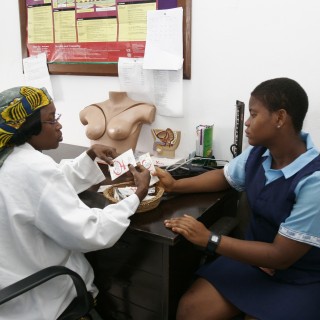
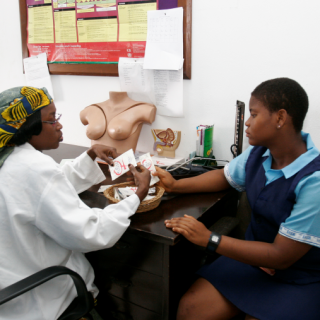
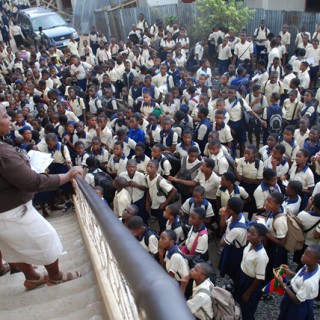
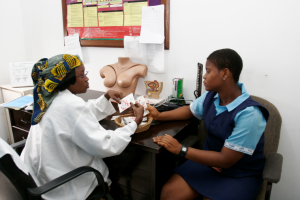
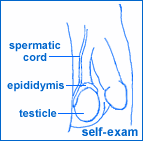
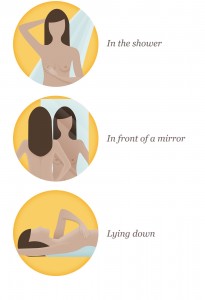
You must be logged in to post a comment.